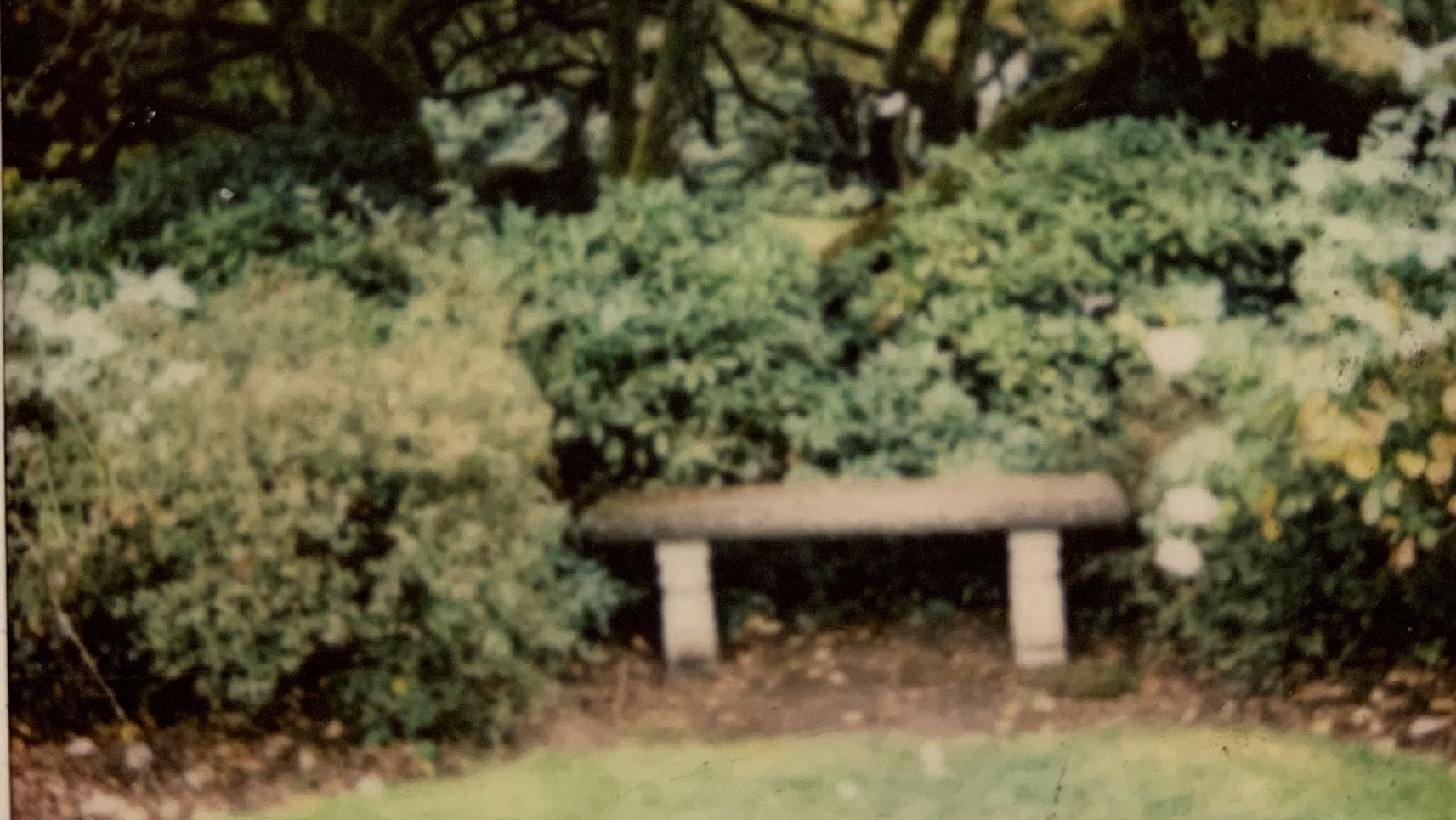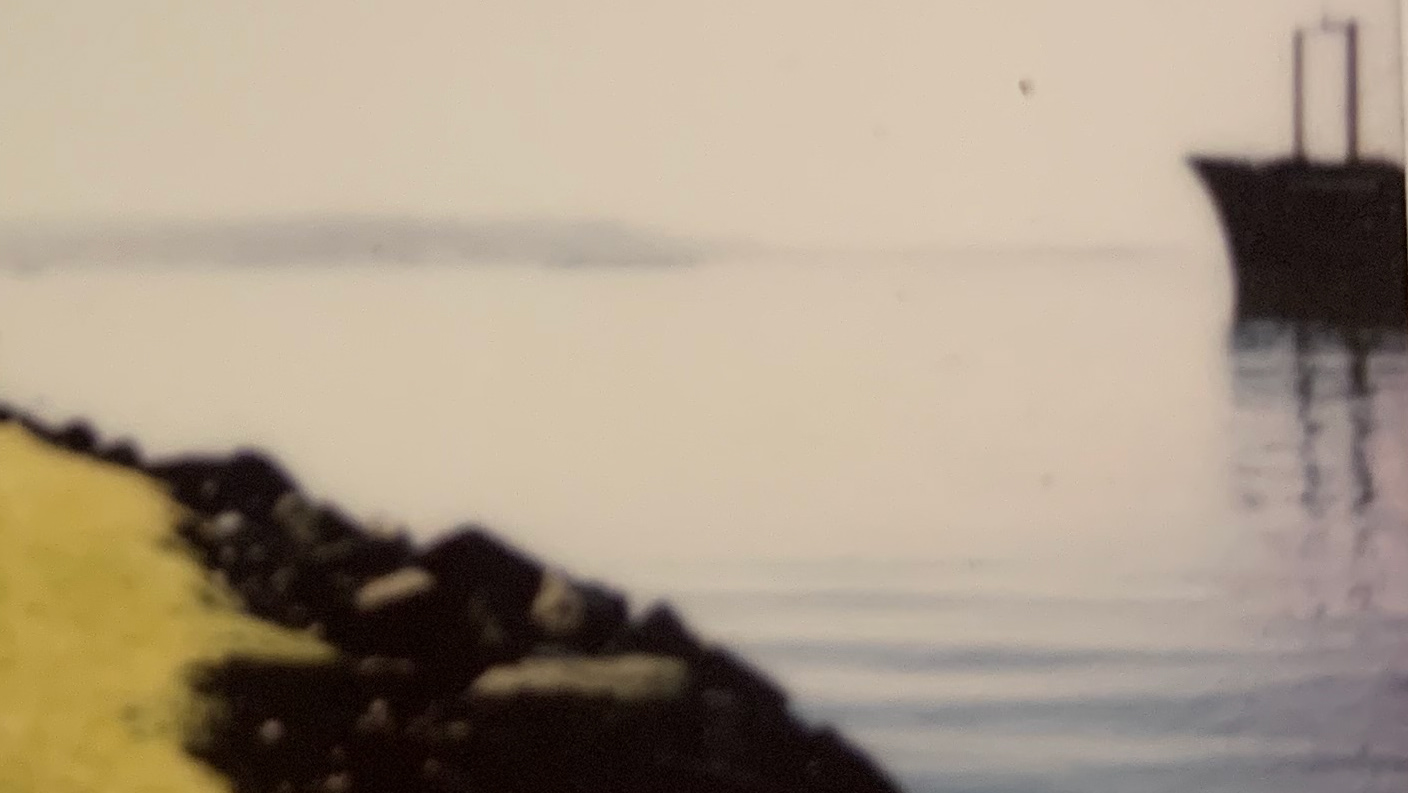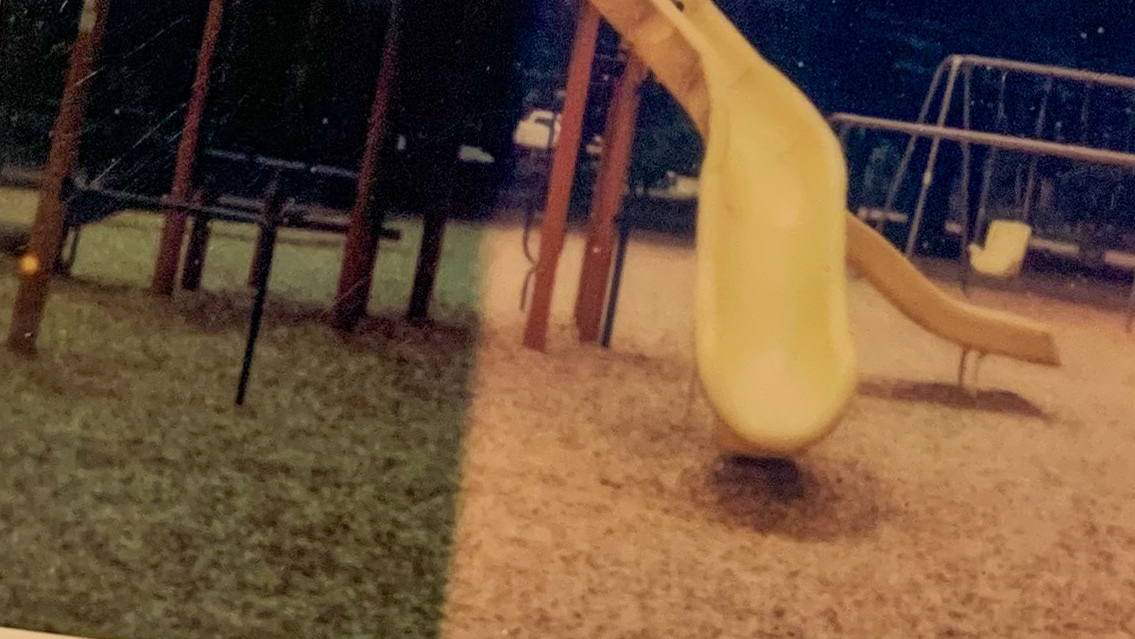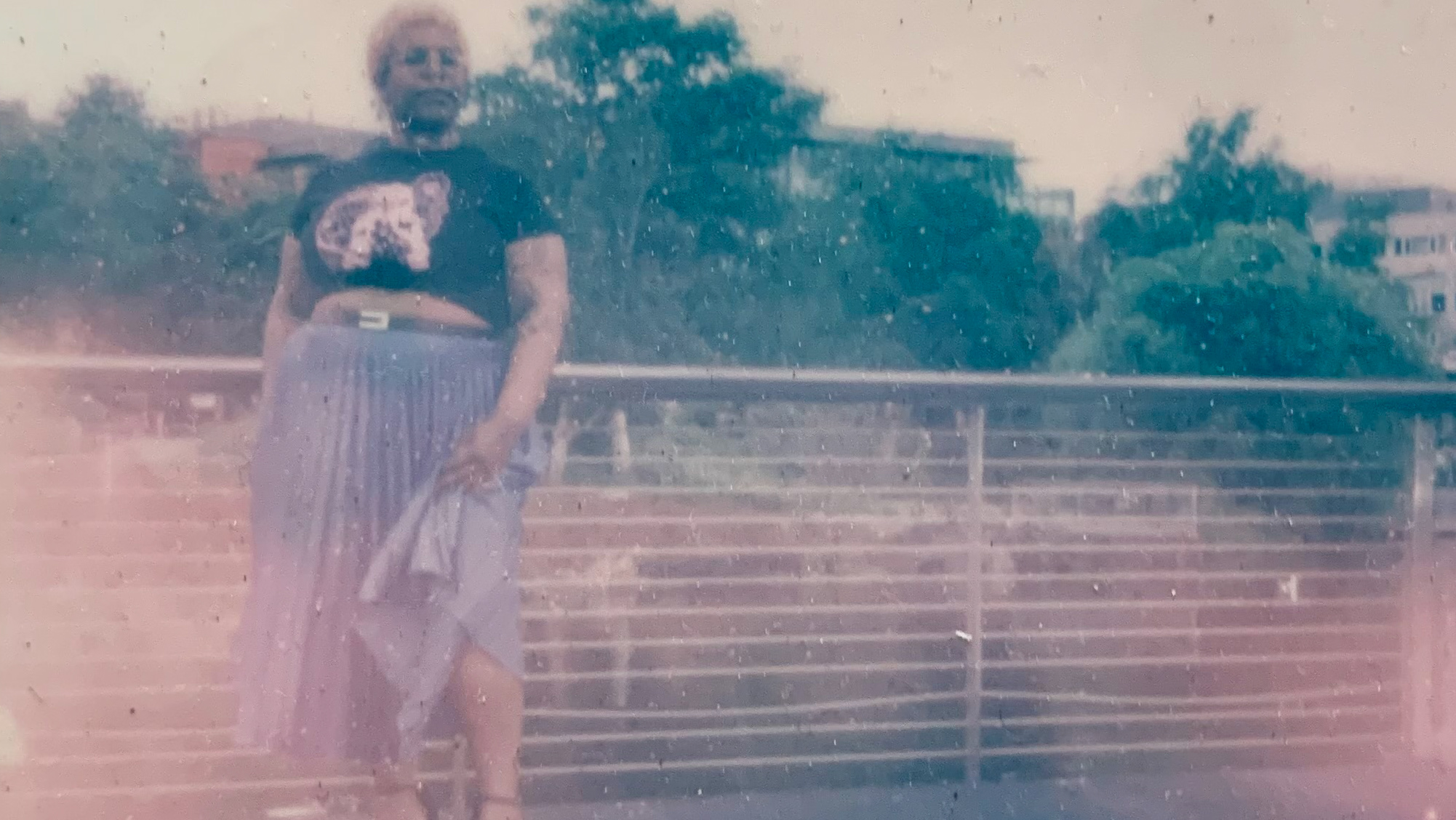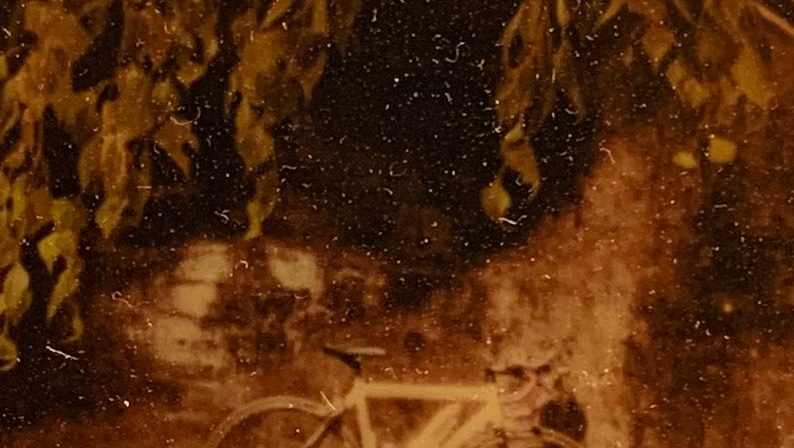Work-in-Progress
"A Terrifying World: Black Women's Horror and World-Building" under review at a reviewed journal specializing in speculative productions. This article explores the world-building potential of Black horror literature and film produced by Black women. I argue that these works construct immersive, impossible worlds that prioritize Black cultures, spirituality, revenge fantasies, and taboo desires through the lived experiences of Black women across nationalities and traditions.
" Hollow Bodies, Temporal Blurs: Black Feminist Experimental Art Challenging Time" presenting at National Women's Studies Association Fall 2025. This article focuses on Alison Saar’s The Cotton Eater II (2014) and Evie Shockley’s the new black (2011) to explore how Black feminist art and poetics engage temporal travel to remember and re-imagine Black life in experimental ways. By evoking visceral sensations and feelings through their visuals and poetics, Saar and Shockley attend to Black women’s embodiments and challenge how academics understand cultural productions impact on readers’ and viewers’ bodies.
" 'That's Suspicious': Black Feminist Horror and Epistemic Alterity" in development, will be submitted in Spring 2026 to a Black studies flagship journal. This article explores Black feminist and queer thought and the use of suspicion in Black feminist and queer literary horror and thrillers, such as Tananarive Due’s “The Rider” (2023) and Rivers Solomon’s Model Home (2025). In both works, suspicion is a knowledge production that plays with and challenges unknowability, opacity, and illegibility. Black feminist and queer use of alternative and felt epistemology are didactic and foster new methods of reasoning.
Published Academic & Art Writings
Imagine Another World: A Philosophical Approach to Black Speculative Arts and Literature. published by University of Washington on ProQuest Dissertation, 2024. My dissertation responds to the surge in horror and science fiction in contemporary Black cultural productions, as well as the rise of speculation in theoretical projects. This work reads into the expressed conditions of Blackness that yearns for and that builds other material or immaterial realities. World-building is a way for collective Black imaginations to experience another world that is at the very least different from the anti-Black world order. This interdisciplinary work engages speculative literature, visual arts, and films of the 21st century, including Tananarive Due’s “The Rider” (2023), Wangechi Mutu’s All the Way Up, All the Way Out (2012), and Nia DaCosta's Candyman (2021).
"Ghostly Aesthetics: Lorna Simpson: Source Notes at The Met" published by ASAP/Review, October 2025. Lorna Simpson: Source Notes exhibition demonstrates the breadth of Simpson’s artistry, each collage incorporates photography, painting, and/or writing while producing visuals that are ghostly, luxurious, and serene. Simpson pays acute attention to Black feminist aesthetics and epistemologies. In this review, I focus on how Simpson’s collages engage themes of opacity and unknowability that gives agency to Black women.
Cliff Notes Writer for Variable West, Jan- May 2025. For the first half of 2025, I highlighted some cool, thought-provoking, radical, and fun art events that happen in Washington. I focused on events by Black and Indigenous artists and writers, as well as speculative, sci-fi, and experimental arts. I emphasized how these creatives are sharing their cultural ideals and imaginative desires in ways beyond our realities.
"The Stories We Tell: Joe Bun Keo at Specialist Gallery" published by Variable West, 2025. In this review, I examine the ways Bun Keo uses found and gathered object to tell his, his family, and his community member's stories. The show speaks of migration of bodies and stories. Trans-temporal and intergenerational values that live on in future generations. And these generations will remix the traditions in accordance to this contemporary needs and desires.
"Black Life Exploited for White Lies" published by Variable West, 2021. With the use of satire and dry humor, Ilana Harris-Babou’s Long Con critiques white imagined and dictated consumerism in media and its relationship to Black spirituality, wellness, and labor, and emphasizes the absurd ways that we, as consumers, participate in these relationships.
"Remove What the Body Can’t Hold: Visual Analysis of Wangechi Mutu’s All the Way Up, All the Way Out (2012)," published in A Year in Black Art V.4. Black Embodiments Studio. 2021.This essay considers the otherworldly representations in Mutu's collage. This essay examines Wangechi Mutu’s visual of transformation through violent emptying. Engaging with Blackness, femininity, and imposed identity, the piece resists fixed forms and embracing unknowability. Mutu’s work challenges normative recognition, offering otherworldly possibilities for being beyond Western constructs of humanity.
